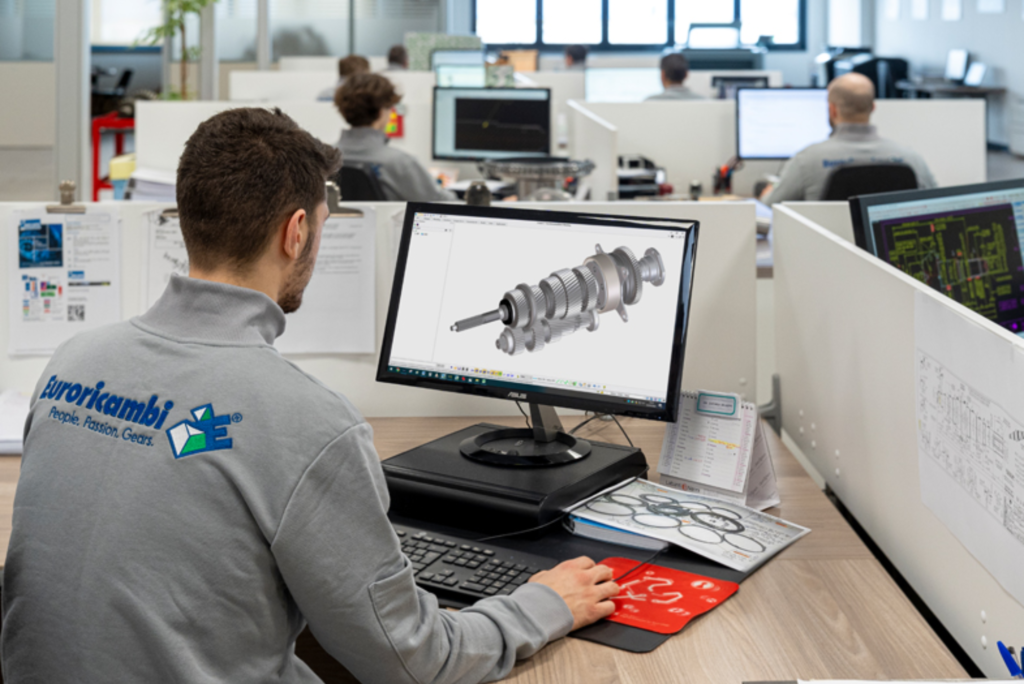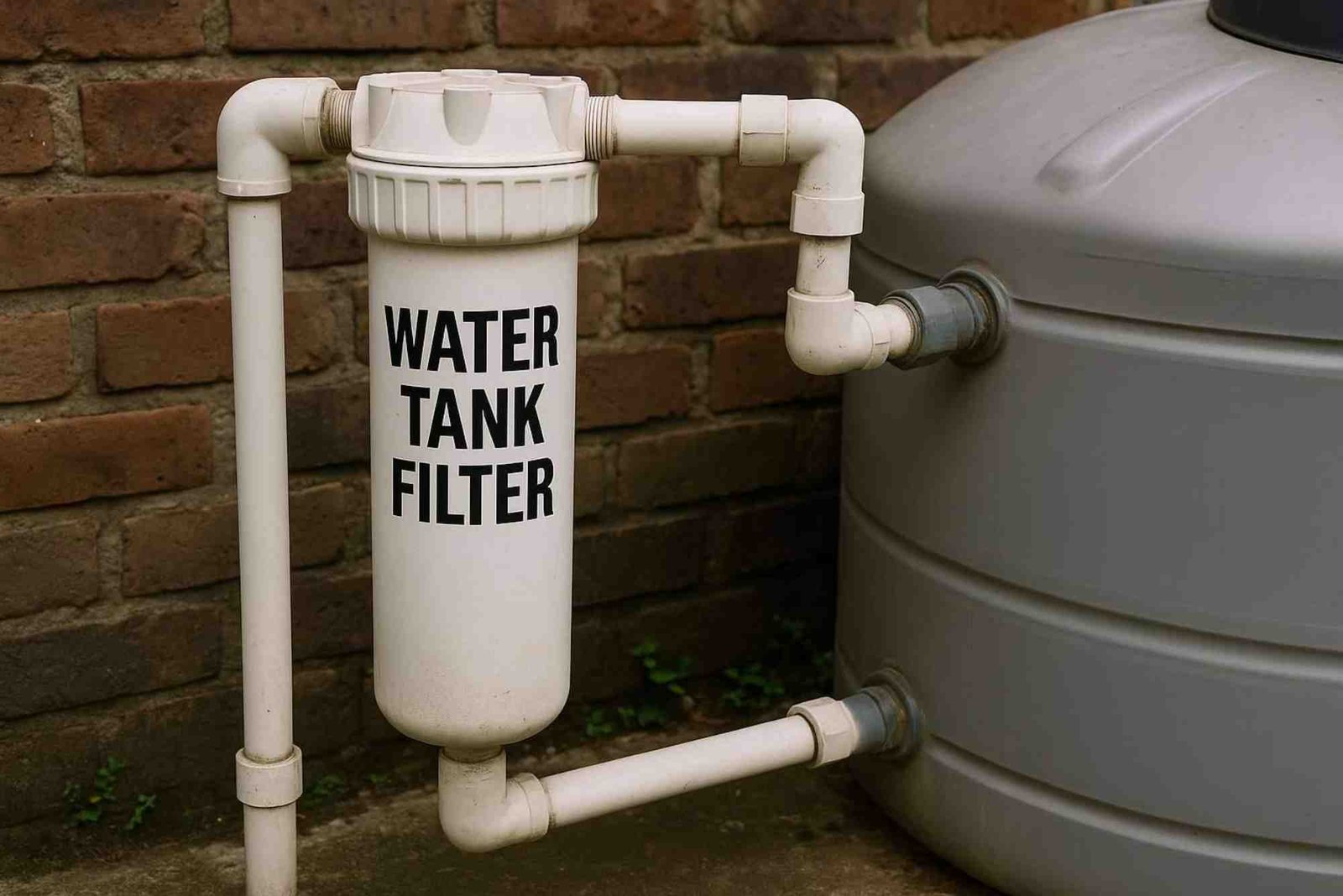How to Account for Spare Parts
Accounting for spare parts is crucial for businesses across various industries, ensuring efficient inventory management and cost control. This comprehensive guide delves into the intricacies of spare parts accounting, offering valuable insights and best practices.
Understanding Spare Parts Inventory
Spare parts inventory comprises components essential for equipment maintenance and repair. Proper management involves categorizing items based on criticality, usage frequency, and lead time. Classifying spare parts as critical, essential, or non-essential streamlines inventory control.
Inventory Valuation Methods
Accurate valuation is imperative for spare parts accounting. Common methods include First-In, First-Out (FIFO), Last-In, First-Out (LIFO), and Weighted Average Cost. FIFO assumes that the oldest inventory is used first, while LIFO assumes the opposite. Weighted Average Cost calculates the average cost of inventory units.
Cost Control Strategies
Effective cost control minimizes expenses associated with spare parts inventory. Implementing just-in-time (JIT) inventory systems reduces carrying costs and obsolescence risks. Establishing reorder points and safety stock levels prevents stockouts and ensures uninterrupted operations.

Lifecycle Management
Managing the lifecycle of spare parts involves tracking usage, replenishment, and disposal. Utilizing computerized maintenance management systems (CMMS) streamlines maintenance schedules and inventory replenishment. Regular audits and inventory assessments identify obsolete parts for disposal or liquidation.
Spare Parts Procurement
Strategic procurement practices optimize spare parts acquisition. Establishing preferred supplier agreements and bulk purchasing arrangements enhances cost-effectiveness. Leveraging vendor-managed inventory (VMI) models transfers inventory management responsibilities to suppliers.
Performance Metrics
Key performance indicators (KPIs) gauge the effectiveness of spare parts management. Metrics such as inventory turnover ratio, fill rate, and stockout rate assess inventory efficiency and customer satisfaction levels. Continuous monitoring and analysis facilitate proactive decision-making.
Technological Advancements
Advancements in technology revolutionize spare parts management. Predictive maintenance algorithms forecast equipment failures, enabling proactive parts replacement. RFID tagging and barcoding enhance inventory visibility and traceability, reducing errors and improving efficiency.
Compliance and Reporting
Adhering to regulatory requirements and financial reporting standards is essential for spare parts accounting. Compliance with International Financial Reporting Standards (IFRS) or Generally Accepted Accounting Principles (GAAP) ensures transparency and accuracy in financial statements.
Mastering spare parts accounting is indispensable for businesses striving for operational excellence and cost efficiency. By implementing effective inventory management techniques, leveraging technology, and prioritizing compliance, organizations can optimize spare parts utilization and enhance profitability.

Hyundai Cars India
Hyundai car india has established itself as a prominent player in the Indian automotive market, offering a diverse range of vehicles known for their reliability, performance, and innovation. With a strong nationwide presence and a focus on customer satisfaction, Hyundai continues to capture market share and set industry benchmarks in India’s competitive automotive landscape.
John Auto Spare Parts
John Auto Spare Parts is a reputable supplier of high-quality automotive components, catering to the needs of vehicle owners and repair shops alike. With a wide inventory and a commitment to customer service, John Auto Spare Parts ensures quick access to genuine parts, facilitating efficient vehicle maintenance and repair operations.












